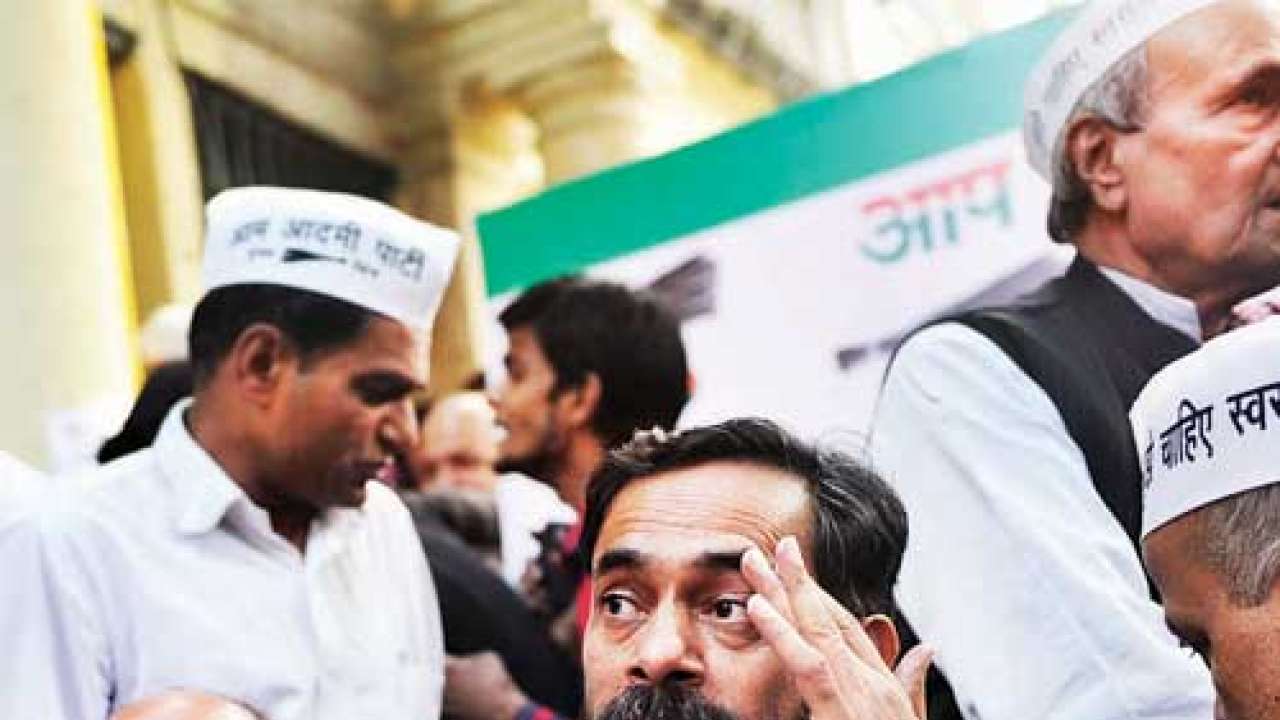
It may be sheer coincidence that the media is caught up with Tarun Tejpal and yet another sting operation that sought to paint the Aam Aadmi Party black. The coincidence, notwithstanding, there is a link between the two and therein is a reason for the entire media to introspect on the use of sting operation as journalistic practice. Tarun Tejpal, after all, is the one who put sting journalism on a pedestal and his enterprise gathered support, including resources, from a cross section.
One does find a fair number of people who hold his enterprise in high esteem and even argue that any discussion on the charges of molestation against him should not undermine his contribution to journalism in the recent times. Well, it is a matter of an individual’s opinion whether the brand of journalism that Tejpal steered calls for celebration.
Having said that, it is time we stop celebrating sting operations and stop confusing them with investigative journalism. The first objection to sting operations stems from an ethical concern.
That deception is the first rule in such operations renders them unethical in the first place.
One may argue then that Ashwini Sarin’s news report in the 1980s (‘I bought Kamala for Rs5000’), too, was of this nature and hence unethical. Well, Sarin did not use technology of the kind Tejpal put to use in conducting what they called ‘Operation West End’ to hold the then Defence Minister George Fernandes guilty of corruption in defence purchases. Incidentally, the recent one against individuals in the fledgling Aam Aadmi Party, by Media Sarkar, matches Tejpal’s style in all aspects! First, it involves a journalist pretending to be a businessman wondering as to whether his rival in business could be ‘taken care’ of and if his business interests could be protected or furthered. Tejpal, too, sent his reporters on a similar trip and obtained audio footage that turned out to be doctored.
Recall the events that followed Tejpal’s operation in the 1990s. After the Justice Venkataswami Commission’s probe — described as a whitewash by the Congress, the Left and others who opposed the NDA then — the CBI investigation carried out after the Congress-led UPA came to power in 2004, too, did not find evidence to corroborate Tejpal’s story. And yet, journalism in India was driven by more such sting operations, facilitated by gizmos turning cheaper than at the time when Tejpal used them.
There was a time when Ajit Jogi sought to carry out a sting operation on Dilip Singh Judeo and in another case Bollywood was scandalized. We also saw Amar Singh resorting to a similar tactic against Shanti Bhushan when the lawyer stood up for Anna Hazare in April-May 2011. It was revealed that the compact discs that were circulated were versions that had footage picked up from different sources and sound bites superimposed on them at some advanced edit suites. To cut a long story short, these sting operations were anything but journalism and certainly not investigative.
This indeed is what seems to be the truth in the case of the recent video CDs allegedly unmasking activists from the Aam Aadmi Party. And there is indeed something eerie about the way the media in general and television in particular treats this. There seems to be a celebration and an attempt, even if not conscious, to paint the AAP with the same brush that one uses for established political parties: To convey that party politics is necessarily a cesspool and that anyone who enters the electoral scene is bound to turn corrupt.
This certainly was not evident when Ashwini Sarin reported the incidence of women being sold for prostitution when he broke the story in the 1980s. When Neerja Chowdhury wrote about the fate of the bonded labourers who were released from bondage just a few months ago, she helped in the making of a law that declared rehabilitation of bonded labourers a Constitutional right.
Similarly, when Arun Shourie exposed the Kuo Oil deal or the Indira Prathistan scandal, he did not resort to sting operations. N Ram and Chitra Subramaniam unravelled the Bofors scandal by putting documents in the public domain. This indeed is investigative journalism. It may be true that all these scandals and those behind the deals managed to escape the law, but that is another story. The fact is that these attempts at investigation turned the media into an important player in the making of our democracy.
It is high time that investigative journalism gets back on the rails. It will not be out of place to recall the 1972 story of Bob Woodward and Carl Bernstein, both reporters for The Washington Post. Also known as the Watergate Scandal, these two reporters, with support from Benjamin Bradlee, their editor, established the involvement of Richard Nixon, through his aides, in organizing a break-in at the headquarters of the rival Democrats to plant wads of currency! They relied on building the case from scratch.
Made into a film, All the President’s Men is indeed a lesson in the art and the skill of investigative journalism. Woodward and Bernstein did not indulge in any deception; and Bradlee did not ask them to do so. Bradlee also did not conceal his political preference: That he stood by the Democrats and was thus opposed to the Republican Nixon. But we do see him putting his two colleagues through all the rigours of investigative journalism.
It is time for the Indian media to junk this business of sting operations and insist that the practice of investigative journalism is restored with all its rigour. This easy way out — sting operations — is not only a sham, but it also contributes to the media losing its credibility and legitimacy. That will not be in the interests of our democracy.
The writer is Associate Professor, Dept of History, Sikkim University